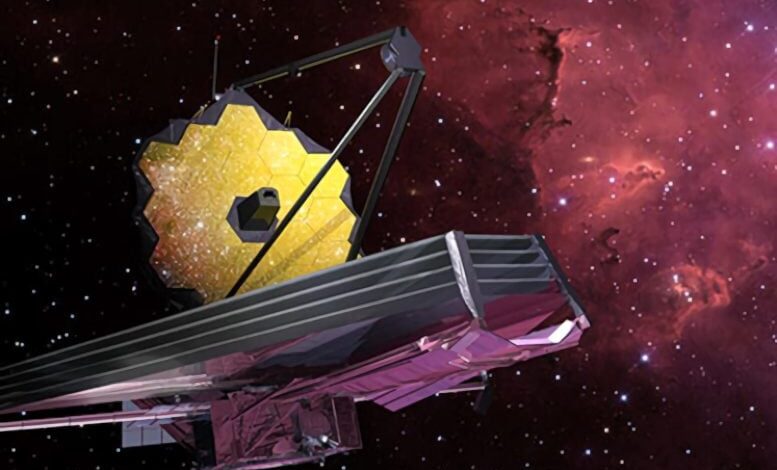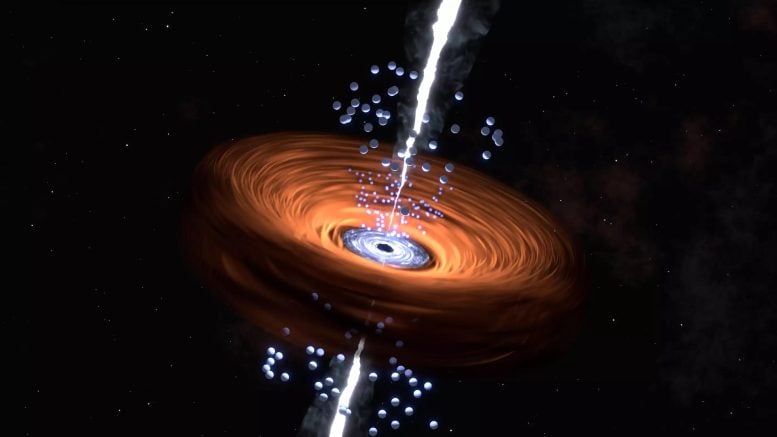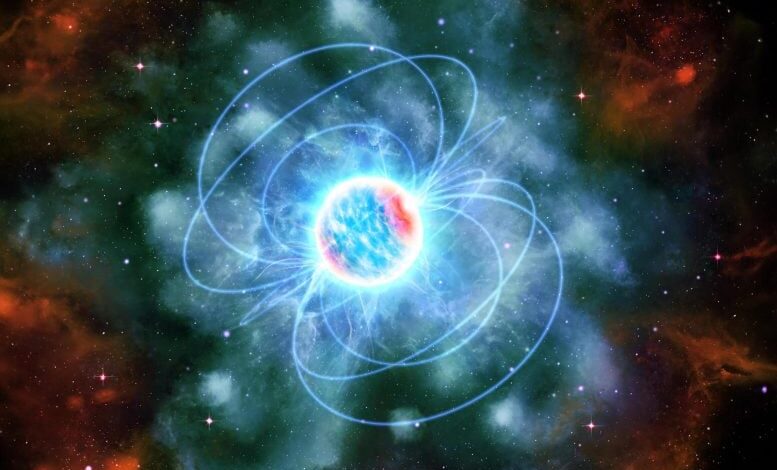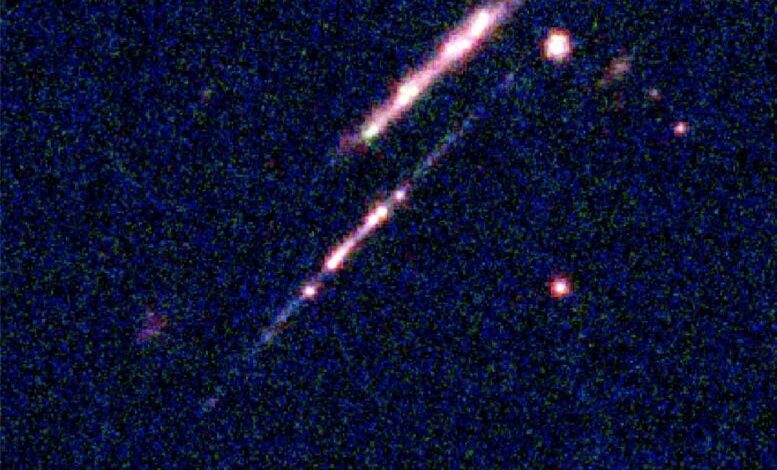NASA’s James Webb Space Telescope dissected the Crab Nebula’s structure, aiding astronomers as they continue to evaluate leading theories about…
Read More »Astrophysics
Researchers investigated three mysterious objects in the early universe. Shown here are their color images, composited from three NIRCam filter…
Read More »Artist’s impression of the bright core region of a quasar, an active galaxy. The supermassive black hole in the centre…
Read More »RS Puppis, one of the most luminous Cepheid variable stars, rhythmically brightens and dims over a six-week cycle. Credit: NASA,…
Read More »Neutron stars are some of the densest objects in the Universe. The material inside gets squeezed so hard that scientists…
Read More »The Cosmic Gems arc as observed by the JWST. Credit: ESA/Webb, NASA & CSA, L. Bradley (STScI), A. Adamo (Stockholm…
Read More »Researchers have linked the periodic pulses of neutron stars to internal glitches influenced by superfluid vortices, with a new model…
Read More »During the collision of binary neutron stars, hot neutrinos can briefly become trapped at the interface, staying out of equilibrium…
Read More »Physicists at UC Berkeley immobilized small clusters of cesium atoms (pink blobs) in a vertical vacuum chamber, then split each…
Read More »Illustration of a tidal disruption event (TDE). A novel technique by MIT and NASA scientists employs accretion disk wobbles from…
Read More »








